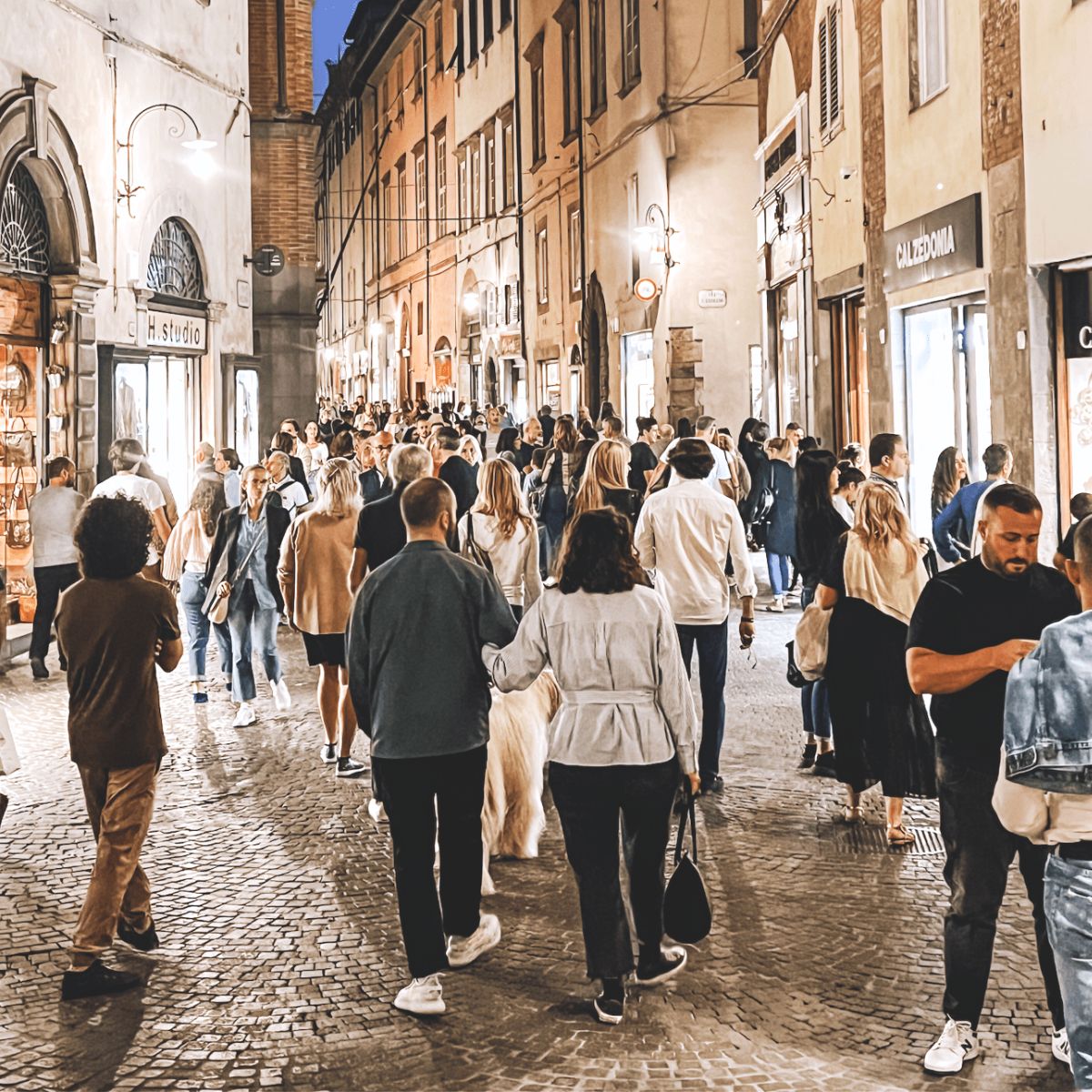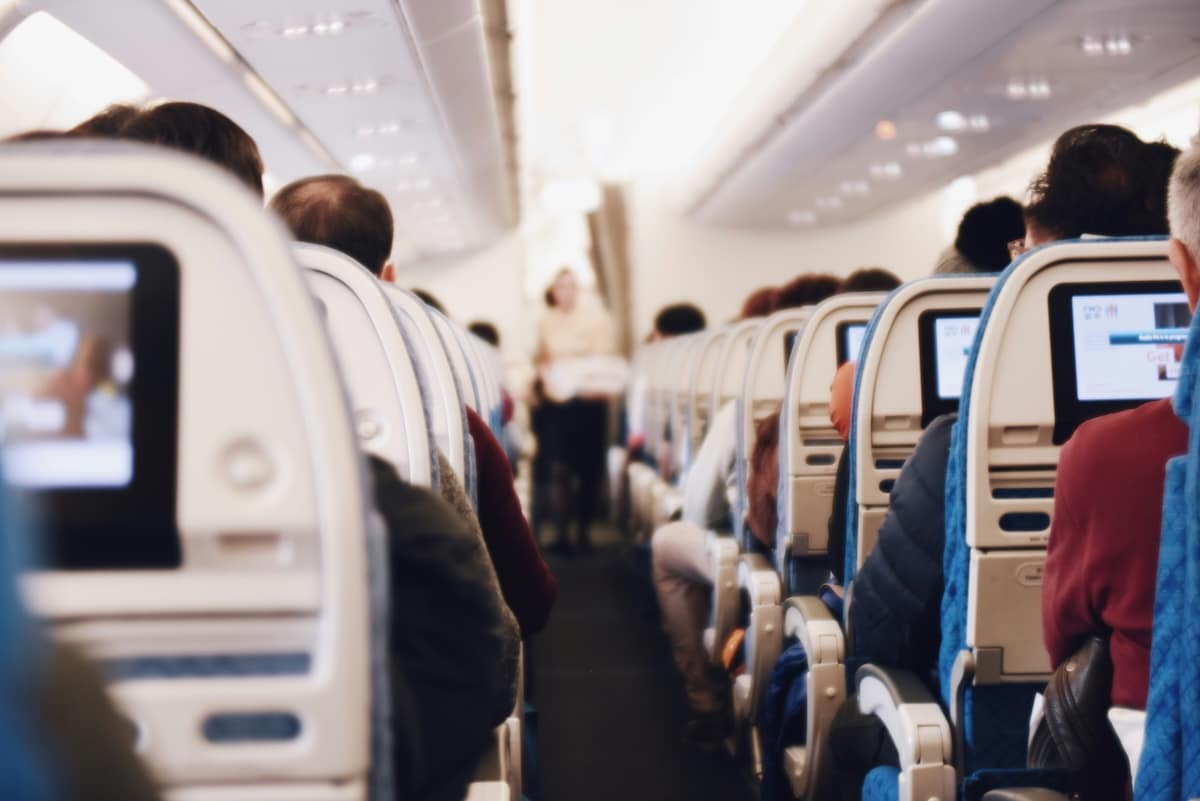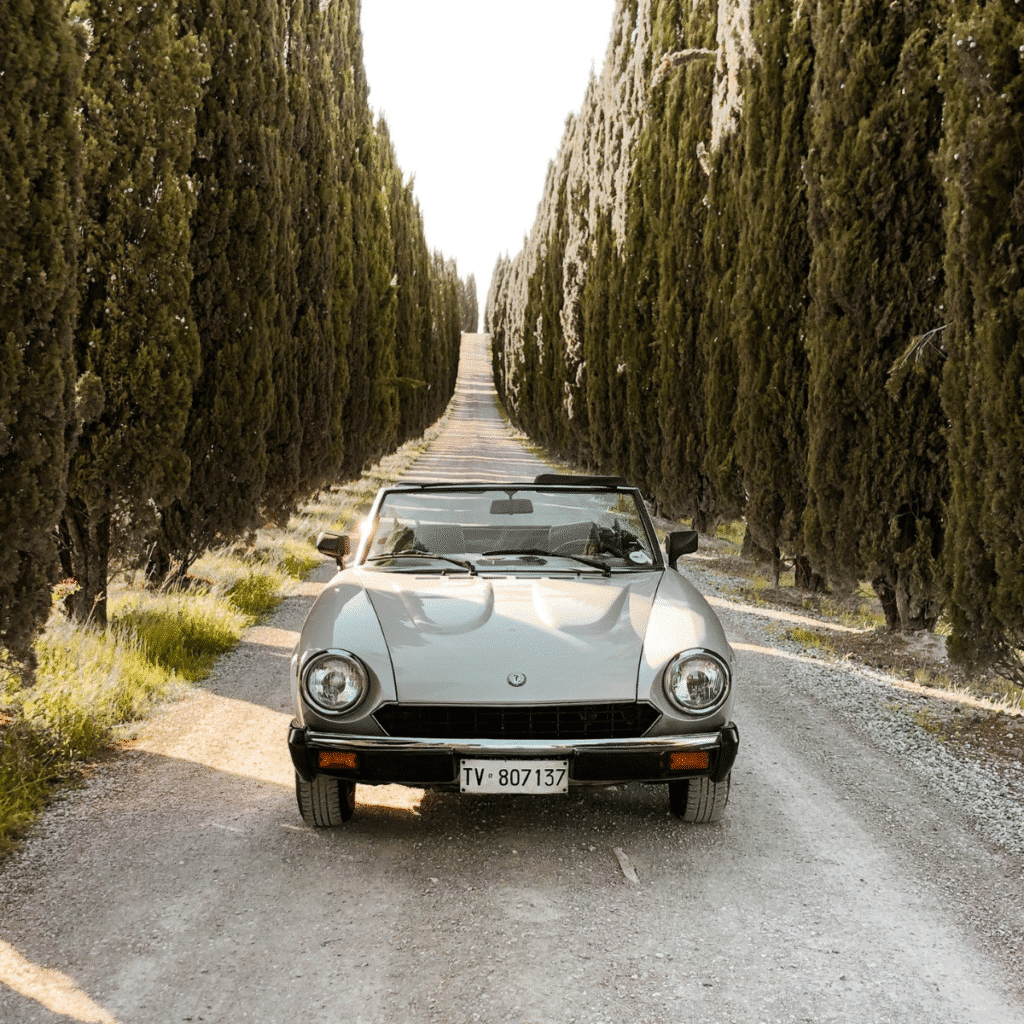
Should you rent a car in Italy or skip the hassle and stick to trains?
I’ve rented cars in Italy more times than I can count. Sometimes it made the trip better. Other times, I couldn’t wait to return the keys.
This post will help you figure out if renting a car makes sense for your trip, based on where you’re going and how you like to travel.
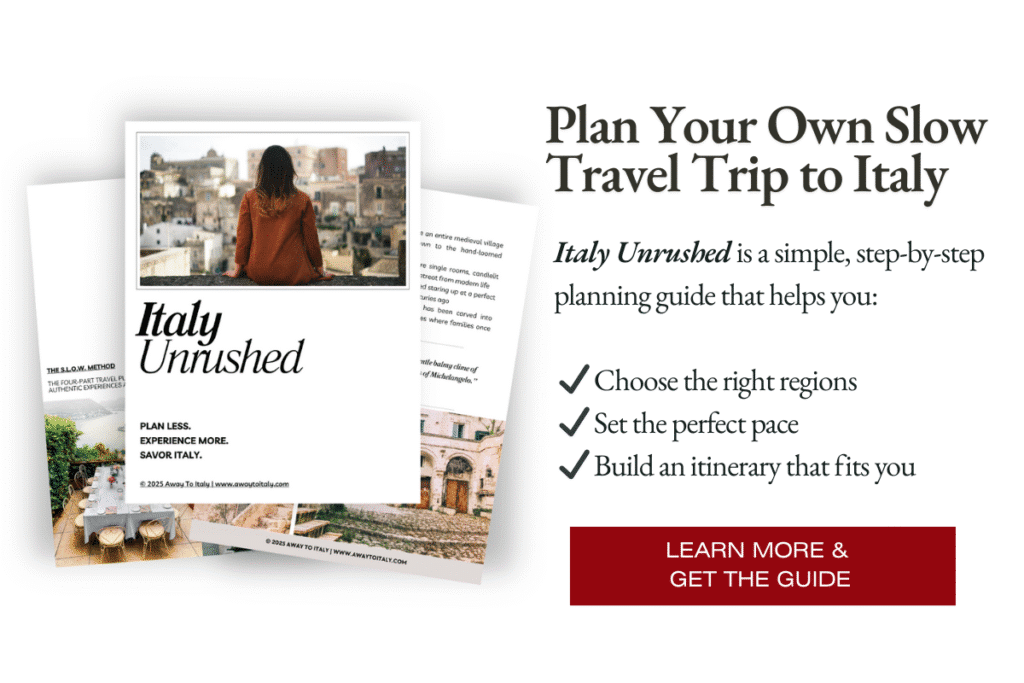
Should You Rent a Car in Italy?
You’ll need a car if:
- You’re visiting rural areas like Tuscany, Puglia, or Sicily
- You want to stay at an agriturismo or vacation rental outside town
- You love flexibility and don’t want to rely on public transport
Skip the car if:
- You’re staying in major cities (Rome, Florence, Naples)
- Your trip is mostly along the train line
- You don’t want to deal with parking, unfamiliar road signs, or navigating ZTL zones (see note below)
Or consider a mix of both: Use trains to travel between cities, then rent a car for the countryside.
What’s a ZTL Zone?
ZTL stands for “Zona a Traffico Limitato,” or limited traffic zone. These are restricted areas in many Italian cities—usually in historic centers—where only residents and authorized vehicles can drive. They’re monitored by cameras, and if you enter without permission, you’ll get a fine (even months later). GPS doesn’t always warn you, so it’s important to watch for posted signs.
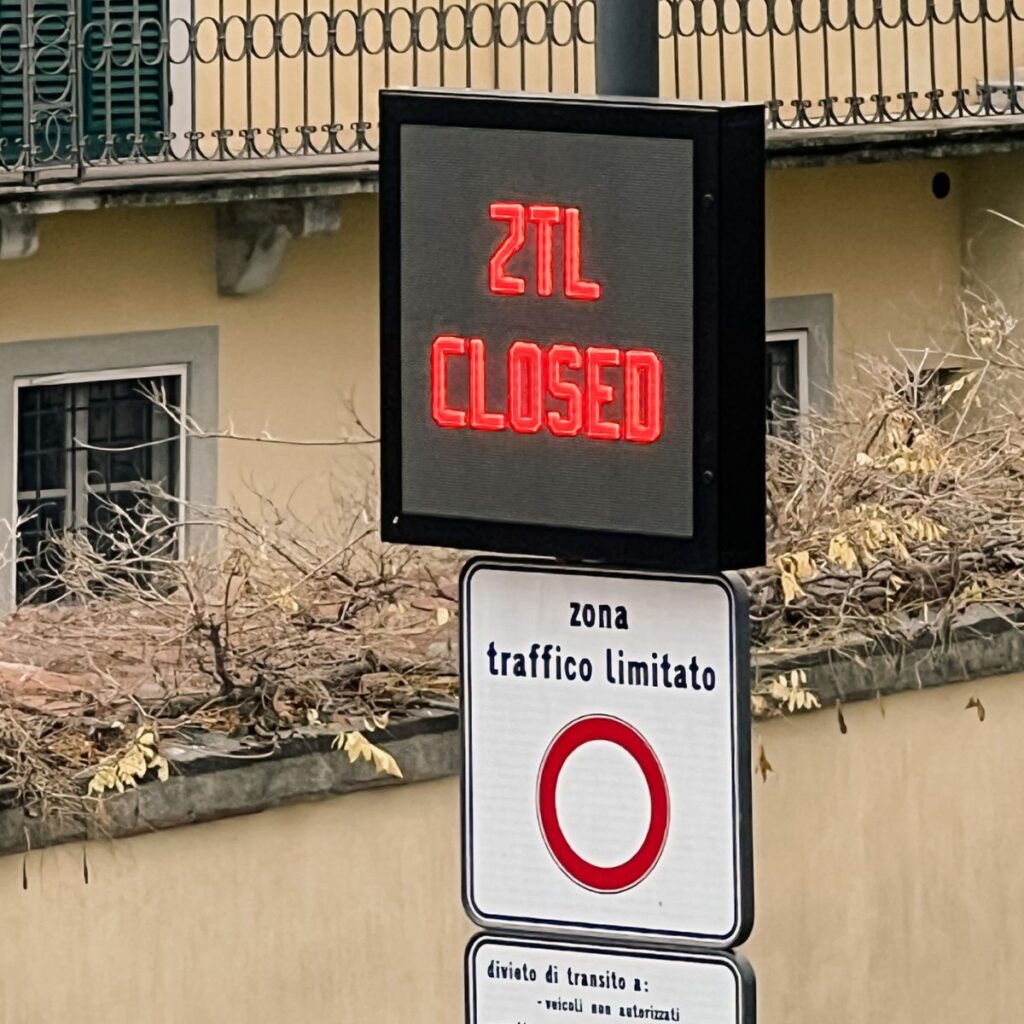
License Rules
You can drive with a U.S. license, but you also legally need an International Driving Permit (IDP). It’s easy to get from AAA for about $20.
When picking up the rental, make sure you have your passport and bring both your IDP and your actual license—rental agencies will often ask for both.
Age Requirements
The minimum legal age to drive a car in Italy is 18. However, most car rental companies require drivers to be at least 21 or 23 years old to rent a car. Drivers under 25 usually face a “young driver surcharge” and may be limited in the types of vehicles they can rent.
Italy has no maximum driving age. If you’re over 70 or 80 and still driving at home, you can drive in Italy too.
The Italian government’s position is simple: if your home country considers you safe to drive, so do they. Your valid US or Canadian license proves your driving ability regardless of age.
However, rental company policies vary. While Italy welcomes senior drivers, some rental companies have their own age limits (typically 70-75) or require additional documentation. Check the fine print on the rental company’s website before you attempt to book.
How Much Does It Cost to Rent a Car in Italy?
The cost of renting a car in Italy varies based on season, location, and whether you need an automatic or manual transmission.
Automatic Cars Are Much More Expensive
- Automatic cars cost significantly more than manuals and are harder to find.
- In peak summer months (especially June–July), expect to pay €120–130 per day for a basic automatic rental.
- These prices are common in regions like Tuscany and the Dolomites, where demand is high.
Average Rental Prices in Italy
| Car Type | Manual (€/day) | Automatic (€/day, peak season) |
|---|---|---|
| Economy/Compact | €30-60 | €120–130 |
| Intermediate | €40-70 | €130–150+ |
| Premium/Luxury | €70–120+ | €150–200+ |
- Manual cars are more common and much cheaper (around €33/day on average).
- Automatics can cost 2–3x more, especially in summer.
💡 Other Factors That Affect Price
- Rentals from airports or rural towns may cost more.
- Major cities (Rome, Milan, Florence) sometimes offer lower prices due to more competition.
- Holiday weeks and special events can cause sudden price spikes.
- Booking well in advance is your best chance to lock in an automatic.
Things to Know Before Booking
Manual vs. Automatic: Automatics are harder to find and more expensive. If you can’t drive stick, book early—especially if you’re traveling during summer.
Insurance: Italy requires Collision Damage Waiver (CDW). It’s often included but check the fine print. Your credit card may also offer coverage—call and ask. Some companies may ask you to sign a waiver declining extra insurance.
Pick-up Locations: Rent from the airport or outside city centers. You’ll avoid ZTL zones and traffic headaches. In Florence and Rome, for example, many people rent from the airport to skip the restricted driving zones in the center.
Book Ahead: Prices jump last minute, especially for automatics. You’ll have more options and better deals if you book a few weeks in advance.
Fuel Policies: Most companies use a full-to-full policy. That means you pick it up full, and return it full. Don’t forget to refuel before drop-off or you’ll get charged extra.
Cross-border Travel: Planning to drive into France, Switzerland, or Austria? Let the rental company know in advance. You may need extra paperwork or insurance.
Navigation: Don’t assume the car has GPS. Use Google Maps or Waze, and download maps in advance in case you lose signal.
Driving in Italy: Rules and Realities
Side of the Road: Italians drive on the right side—same as the U.S.
Speed Limits:
- 130 km/h (80 mph) on highways
- 90 km/h (56 mph) on rural roads
- 50 km/h (31 mph) in towns
These are the general limits; always check for posted signs, as local variations may apply.
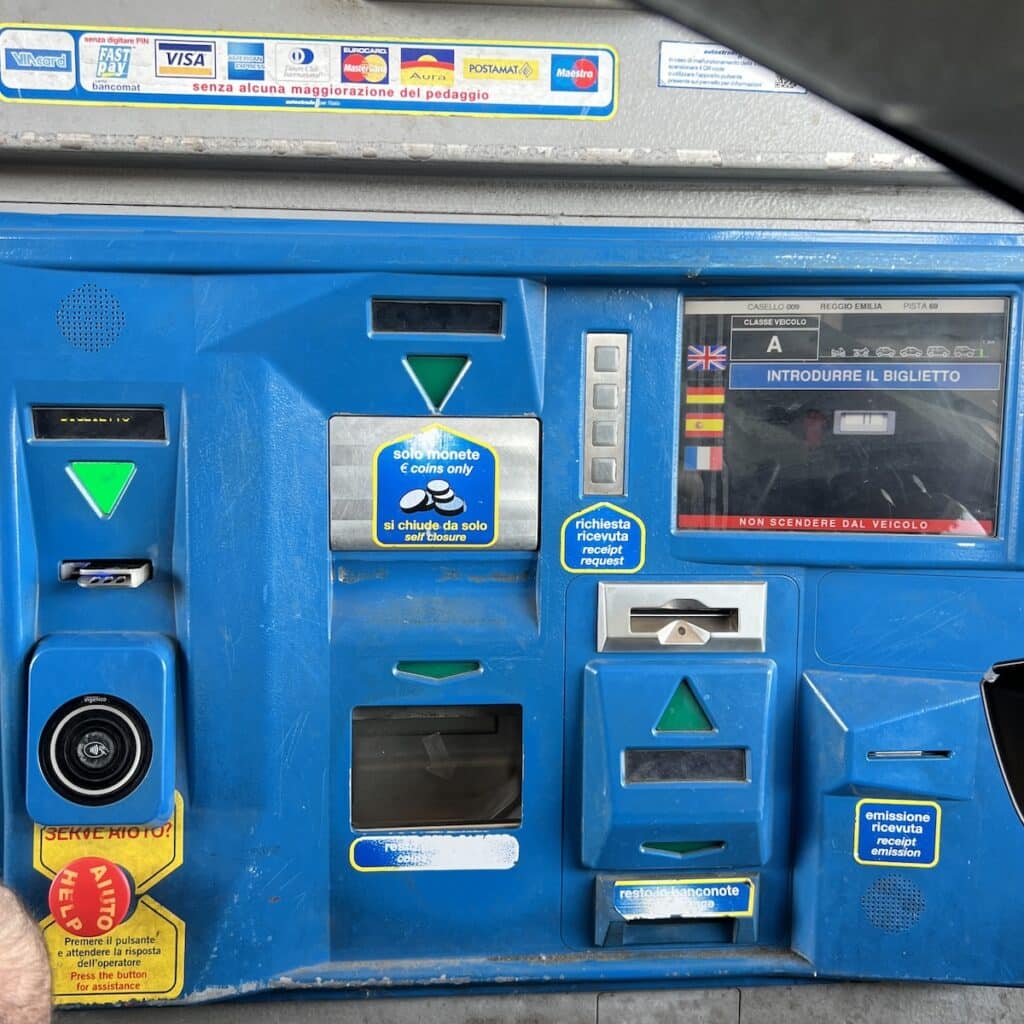
Toll Roads: Most highways (autostrade) have tolls. Toll booths are usually automated. You’ll get a ticket when you enter and pay when you exit. Keep a credit card or cash ready to go.
At toll booths, lanes are marked by color-coded signs.
- White signs with a hand and coins for cash payments (you may also see the word “Contanti”). No all toll booths have lanes for cash.
- Blue signs with a credit card icon or the word “Carte” are for card payments. These lanes usually accept both credit and debit cards and are self-service.
- Yellow lanes marked “Telepass” or with a big “T”—these are for drivers with electronic toll tags only.
Road Signs: Expect signs in Italian. Learn basic terms like “uscita” (exit), “divieto di accesso” (no entry), and “centro” (city center).
Roundabouts: They’re common. Yield to the left unless signs say otherwise.
Gas Stations: Many close for lunch and on Sundays. Some are self-serve, others offer full service. Pay at the pump or inside.
Other Rules:
- Seatbelts are required
- Headlights must be on outside of urban areas, even during the day
- Don’t use your phone while driving unless it’s hands-free
- Drinking and driving laws are strict. Just don’t do it
Parking Line Colors: What They Mean
Parking spaces in Italy are marked by painted lines, and the color matters:
- White lines: Free public parking (but check signs for time limits).
- Blue lines: Paid parking. You’ll need to buy a ticket from a nearby machine (you can pay by credit card).
- Yellow lines: Reserved for residents, government workers, or disabled drivers. Don’t park here unless you have the proper permit.
Always check the nearby signs. They usually explain the hours and payment details.
Car Safety Tips
Car break-ins can happen, especially in tourist areas or at unattended parking lots. It’s important to take precautions:
- Always lock the doors, even during short stops.
- Never leave valuables in plain sight—this includes phones, wallets, bags, or anything that looks valuable.
- Don’t leave passports, electronics, or important documents in the car. Take them with you, even if you’re just running into a restaurant.
- Avoid parking in isolated or unlit areas whenever possible.
- If you must leave luggage in the car, put it in the trunk before arriving at your destination—not after you park.
Tips for a Smooth Rental Experience
- Use a rental comparison site like AutoEurope or Booking.com
- Take photos of the car before leaving the lot—including all sides and the roof
- Confirm what’s included in your rate (insurance, mileage, additional drivers)
- Ask if the car has a Telepass for toll roads
- Check the return location and hours—some lots close at night
- Don’t leave valuables in the car. Break-ins can happen
- Use Google Maps, Waze, or download offline maps in advance
Alternatives to Renting a Car
A car isn’t always the best option. Here are some other ways to get around:
- Trains: Italy’s train network is excellent. High-speed trains connect most major cities. Regional trains work well for smaller towns.
- Private drivers: Book a local driver for a wine tour or a countryside day trip. No stress, no driving.
- Group day tours: Great if you want a guide, structure, and social time.
- Taxis: Available in larger towns, but not common in rural areas.
Final Thoughts
Renting a car in Italy gives you the freedom to explore beyond the guidebooks. But it only works if it fits your trip.
Start by mapping out your itinerary, then decide if a car will add freedom—or frustration.
If you’re staying in cities, trains might make more sense. But for rural areas and slow travel, a car lets you go at your own pace.
FAQs
Can I drive in Italy with a U.S. license?
Yes, but you also need an International Driving Permit (IDP).
Where should I rent a car in Florence, Italy?
Renting from the airport is often the easiest for most visitors, especially if you want to avoid driving through the city’s narrow streets and restricted traffic zones (ZTL).
- The airport offers a wide selection of vehicles and all major rental companies operate there.
- A free shuttle bus takes you from the airport terminal to the rental car lot at Via Palagio degli Spin
Where can I rent a car in Siena, Italy?
If you’re arriving at the Siena train station and want to rent a car nearby, several reputable agencies are conveniently located within walking distance or a short taxi ride from the station.
What happens if I get a traffic fine?
Fines may be mailed months later. They’re tied to your rental contract, so they will find you.
Do I need to book in advance?
Absolutely—especially for automatic cars or peak travel months.
Is it safe to drive in Italy?
Yes, if you’re alert and cautious. Cities can be intense, but rural roads are often calm and scenic.
Can I drive into another country?
Yes, but check with the rental company first. You may need extra insurance or paperwork.
Do I need to bring my own car seat or booster seat?
You can rent them, but availability varies. Add one to your reservation ahead time.
What is a Telepass?
It’s a device that lets you use the fast lane at toll booths. Some rentals include one. If not, just use the regular lanes.


